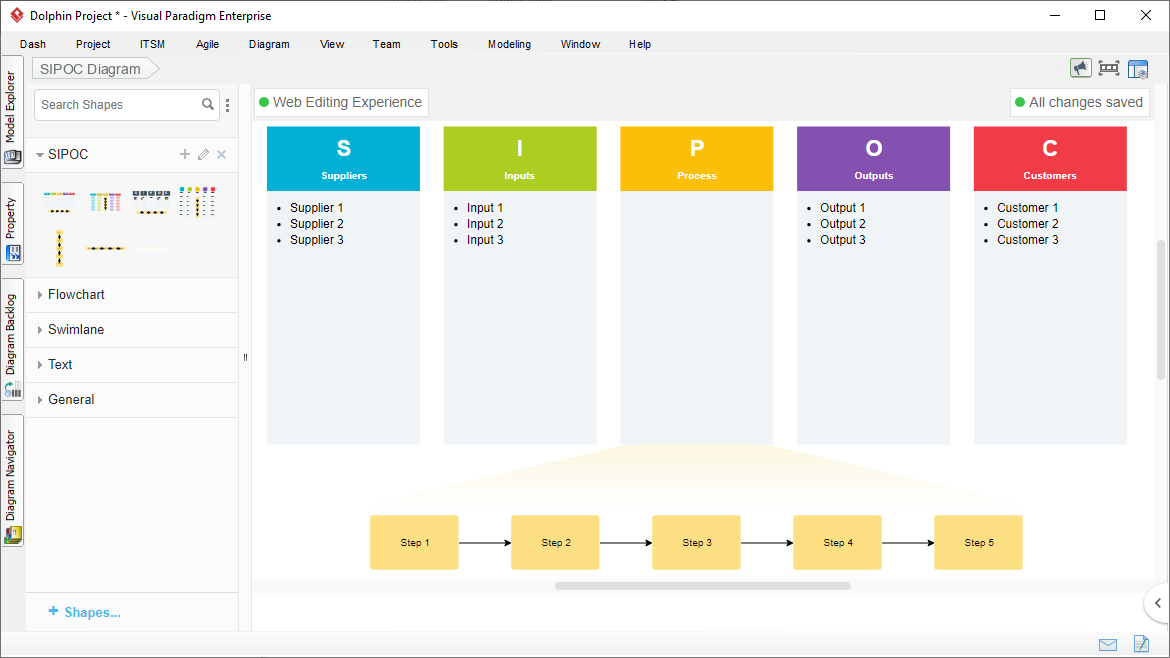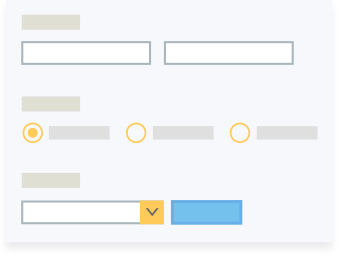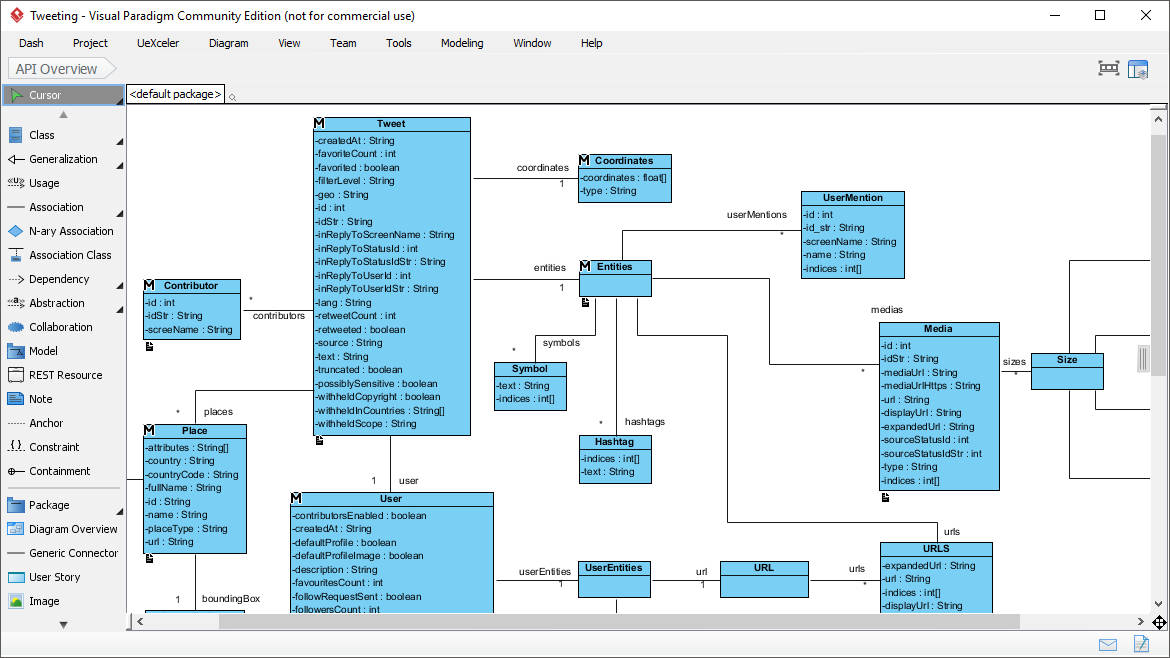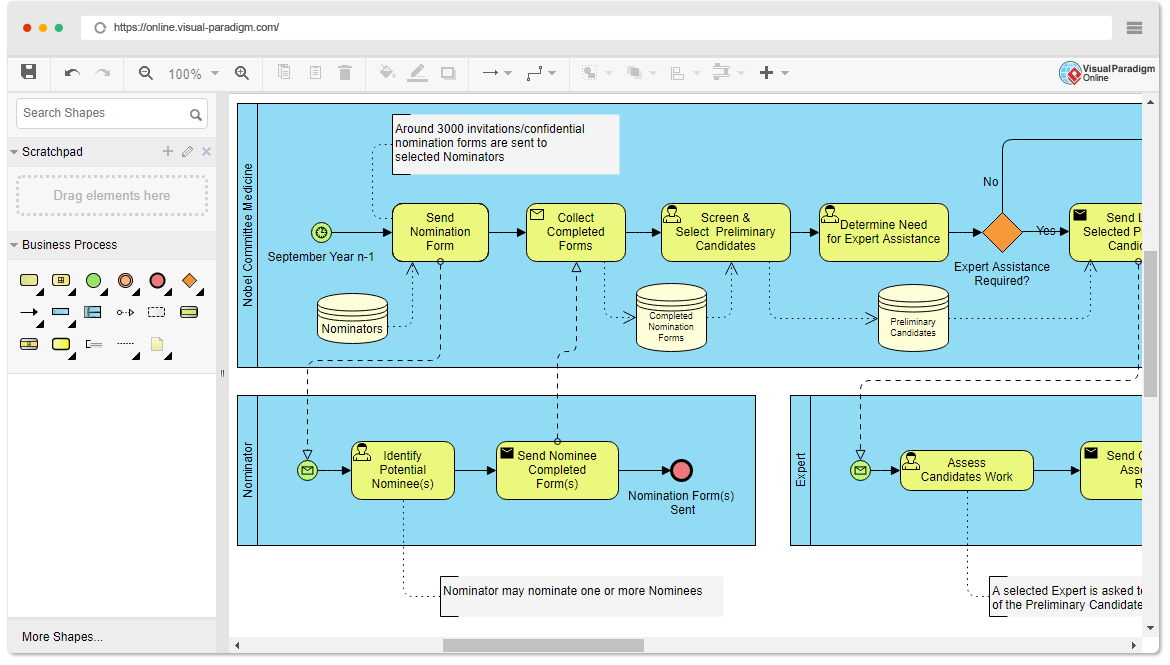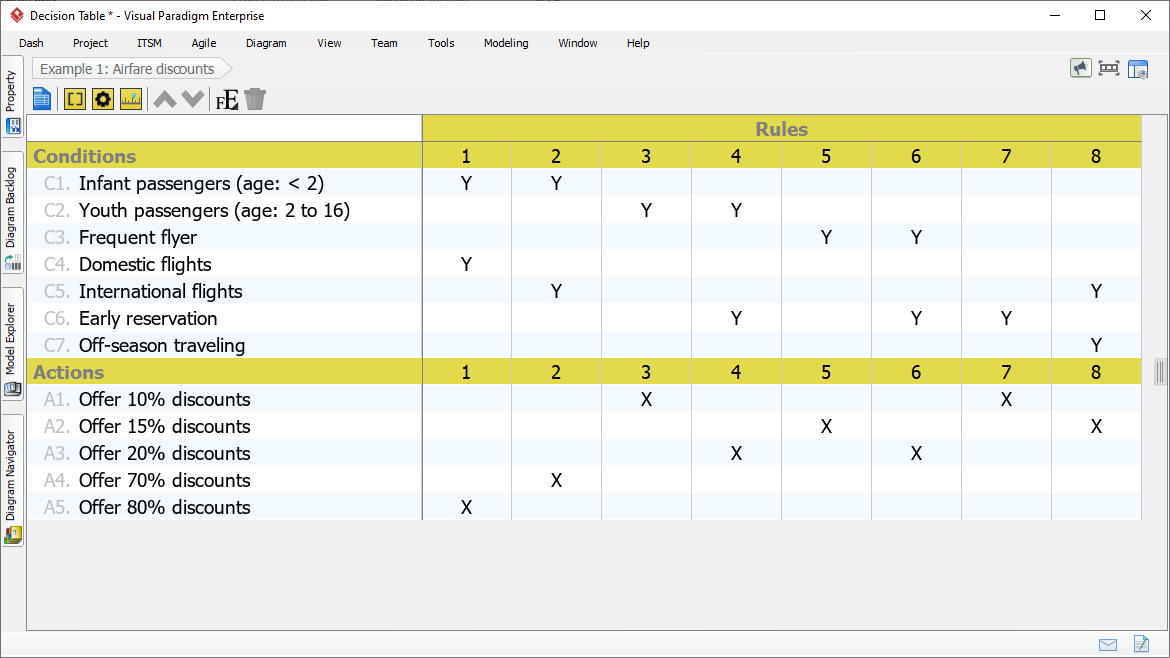According to Deloitte research, “digitally advanced small businesses” earned more revenue per employee, were more likely to create jobs. The truth is, those who don’t embrace technology may be left behind! And yet, four of five U.S. small businesses aren’t taking full advantage of digital tools available to them. Today I would like to introduce an easy form builder for generating database applications without any IT technical background or coding, such as survey form, student questionnaire, order form, registration form and etc.
Continue reading



